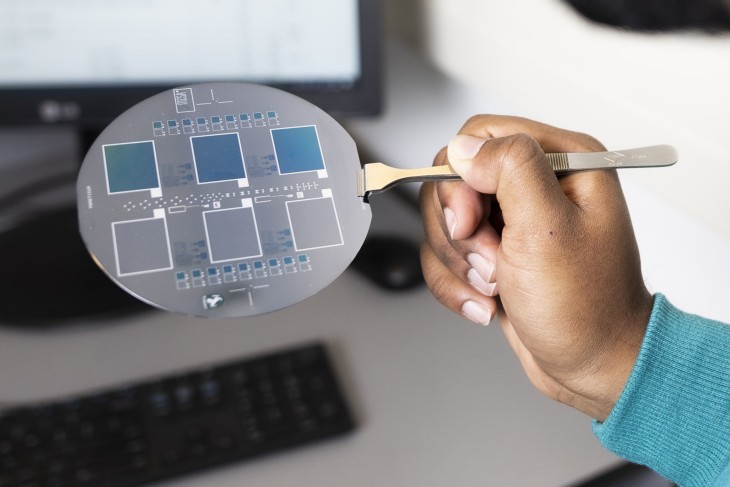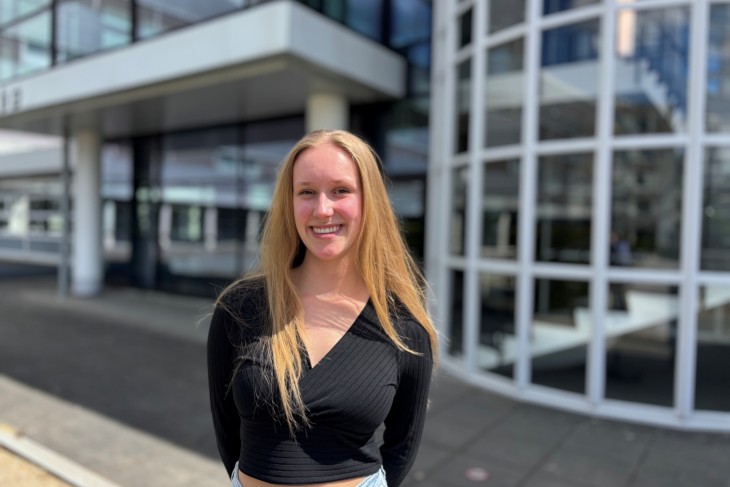“When I was looking for a bachelor’s programme at different universities, I was torn between my interests in business and programming: I was passionate about both and couldn’t choose one. When I found the Bachelor's in Business Information Technology at the University of Twente, I felt it was perfect for me because it combined business management and IT. Back in 2019, the programme was relatively new and not many universities offered it. After completing the Bachelor’s, I decided to specialise in this field and chose the Master’s in Business Information Technology.
Contents and structure
A team can build software, but how does it bring value to the company and help achieve its goals? Also, if the company uses many systems, how can you integrate and optimise them? This programme is ideal for people interested in IT who don't want to spend all their time programming: it’s more social, in the sense that it focuses on how IT can benefit businesses, so you learn about the business side of things, too.
This flexibility is one of the aspects I love most about the programme: you design your programme based on your interests. For example, you can choose between three specialisations and further specialise in your chosen field or explore other areas by selecting elective courses. I chose the specialisation in Data Science & Business because I’m curious about how I can use the overwhelming amount of data generated every minute to help companies with their business strategies or understand consumer behaviour better.
Hands-on learning
One assignment I enjoyed was the Business Process Integration Lab, where my project group worked on getting different companies' data systems to work together smoothly. Imagine two companies storing names differently: one writes "John Doe," and the other writes "Doe, John." If their systems need to share data, it won't match up, and this will cause problems. Our task was to build a tool to make their data compatible. So, we created a Mendix app, that’s a low-code platform used to develop apps, to help different systems communicate and sync data. I liked this project because each team member had a role, and we learned to work towards a goal together as a team.
In another course, we worked on a cool project where we trained a computer to recognise different fruits and their ripeness. We used images of tomatoes, peppers, and other fruits to teach the computer to identify if they were fresh, unripe, ripe, or rotten. To do this, we built a type of neural network. We used an online dataset of fruit images and ran them through our network. It took a lot of time and effort, but in the end, we had a working programme that could recognise the states of the fruits. This project was rewarding because we saw the practical applications of artificial intelligence and image recognition.
Next steps
I’d like to work with data, although I’m still exploring what exactly I want to do. This business master's has given me a solid foundation and the creativity to pursue various career paths: I can work at anything from a corporation to a start-up or even start a business. I believe my career will get off to a good start with everything I’ve learned.”




